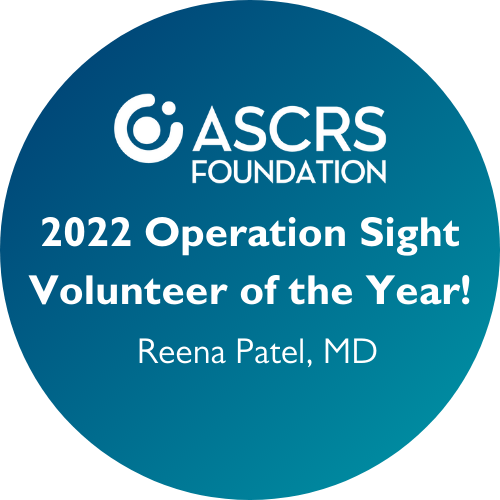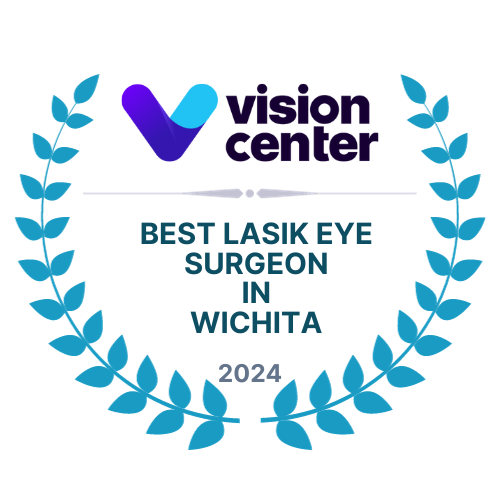If you suffer from burning, itching, watery eyes you may have dry eye syndrome. Dry eye is common and affects up to 40 million people. Dry eye syndrome is caused by a chronic lack of sufficient lubrication and moisture on the surface of the eye and is more common among women, possibly due to hormonal fluctuations. Dry eyes can also be caused by an overabundance of tears. Factors that contribute to the onset of dry eye syndrome include heavy reading or digital device use, living and working in a dry environment, prolonged contact lens wear, LASIK surgery, certain drugs such as allergy medications, diuretics, beta-blockers, and birth control pills, diets poor in essential fatty-acids or anti-inflammatory foods, certain health conditions such as diabetes, arthritis, lupus, Sjogren’s syndrome, and deficiency of tear-producing glands.
Eight signs of dry eye are blurriness, sensitivity to light, irritation from windy conditions, fatigued eyes at the end of the day, problems wearing contact lenses, scratchy or gritty feeling, excessive tearing, and red eyes. Effective treatments for dry eye syndrome include checking your medication, changing your nutrition, avoiding pollution and irritants, balancing your hormones, taking special care of your contact lenses, using artificial tears, staying hydrated and using a humidifier, and blinking. Dry eye can persist because you are not blinking frequently enough. Aim for blinking every 5 seconds especially when you are staring at a computer or digital device. Also make sure to take frequent breaks using the 20-20-20 rule. Every 20 minutes, stop and focus your eyes on something 20 feet away for 20 seconds.
In addition to simple changes that you can make to your lifestyle and environment, if the irritating sensation of dry eyes continues, you may need more aggressive treatments. Thicker lubricants in ointment form may soothe the eyes while you sleep and provide greater relief than artificial tears alone. Prescription grade drops including cyclosporine A and Lifitegrast can treat inflammation. Varenicline nasal spray can increase tear production by directly stimulating the trigeminal nerve. If dry eye syndrome is caused due to not producing enough natural tears, a punctal occlusion whereby a silicone plug is placed in the tear duct. Light therapy options may be suggested by your doctor to help the meibomian glands in the tear film produce oil. Therapeutic contact lenses can also protect and lubricate the irritated surface of the eye.
Dry eye may be chronic but there are approaches to manage symptoms. Call Wichita Vision Institute today at 316-773-6400 or visit WEBSITE for more comfortable vision and to restore your quality of life.






